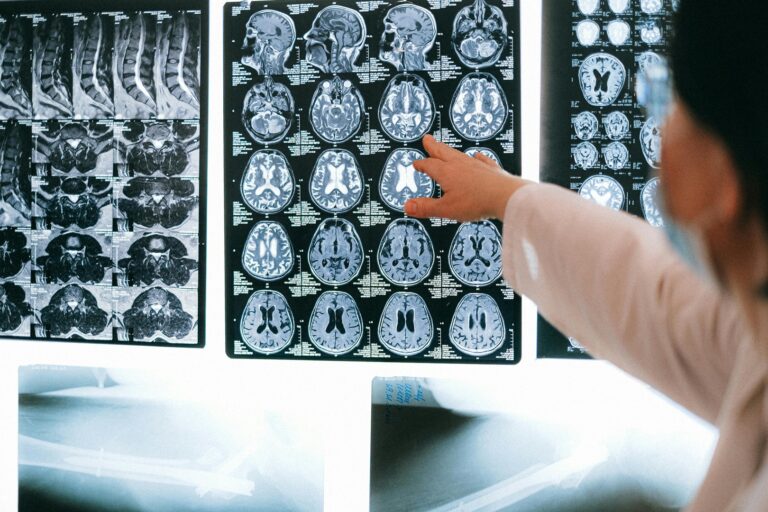On April 9, 2025 we hosted Dr. Matthew Amans to discuss pulsatile tinnitusA whooshing or throbbing noise heard in one or both ears that can range from annoying to debilitating. Highly associated with venous sinus stenosis. Click the term to read more. He is a neurointerventional radiologist at UCSF and focuses on treating dural arteriovenous fistulas, acute stroke, cerebral aneurysms and idiopathicThe term idiopathic is used when there is no detectable reason for something. Click the term to read more intracranial hypertension (IIH). Dr. Amans founded the University of California San Francisco Pulsatile Tinnitus Clinic and is a pioneer in the research of this serious condition.
Dr. Pierre Gobin moderated this lecture. He is a neurointerventionalist at Weill Cornell Medicine in New York and has more than 30 years of experience in treating cerebrovascular conditions. He also has pioneered research on causes of IIH such as venous sinus stenosis.
Pulsatile tinnitus (PT) is a serious condition and is a well-documented symptom of IIH.
Here are a few key points of this webinar:
- Venous sinus stenosis is the most common cause of pulsatile tinnitus.
- PT has dangerous causes with 75% stemming from a vascular etiology.
- A collection of surveys found that 46% of patients with PT has debilitating depression, 36% debilitating anxiety, and 15-25% experience suicidal ideations.
- A study identified negative changes in the brain with prolonged pulsatile tinnitus. The areas of the brain for auditory processing show anatomical changes on imaging that are consistent with depression, anxiety and suicidal symptoms. Interestingly, these changes are reversible if PT is treated.
- A patient with PT will undergo a comprehensive physical exam including arterial and venous compression of the neck vein and cranial auscultation. An algorithm will determine what type of MRI is beneficial and if digital subtraction angiogram is warranted.
- A balloon occlusion test can be performed during angiography to assess if the sound disappears during occlusion, which further confirms a causative lesion.
- Laterality of sound is not indicative of laterality of lesion.
- 95% of PT is resolved after VSSA minimally invasive surgery during which a metallic mesh in the shape of a tube (stent) is placed in the sinus. Click the term to read more in patients who have IIH, however headaches may not improve.
If you would like to see Dr. Matthew Aman’s team as a patient, you can visit our provider page. If you missed this webinar or would like to rewatch it, you can click here.
If you would like to receive email on future webinars or articles, click here to subscribe to our bi-weekly newsletter.



